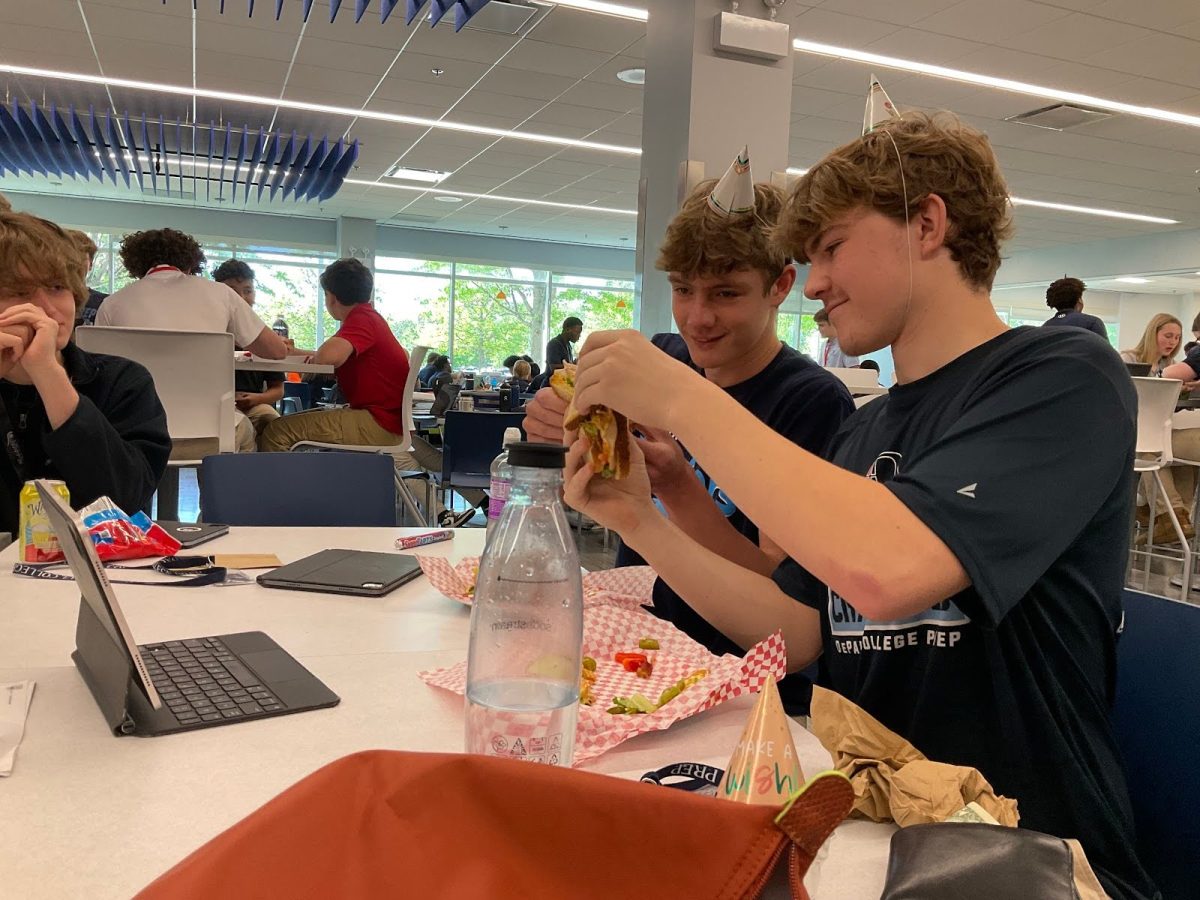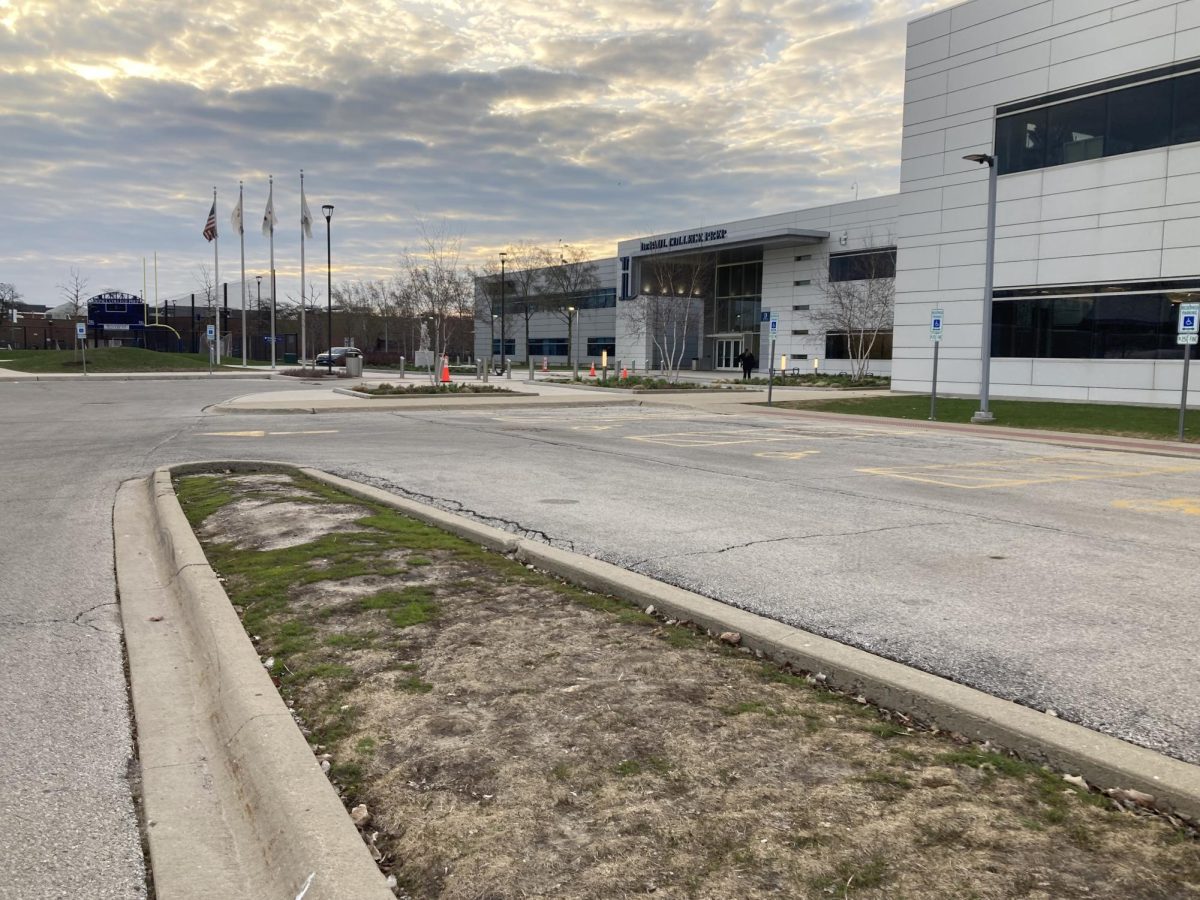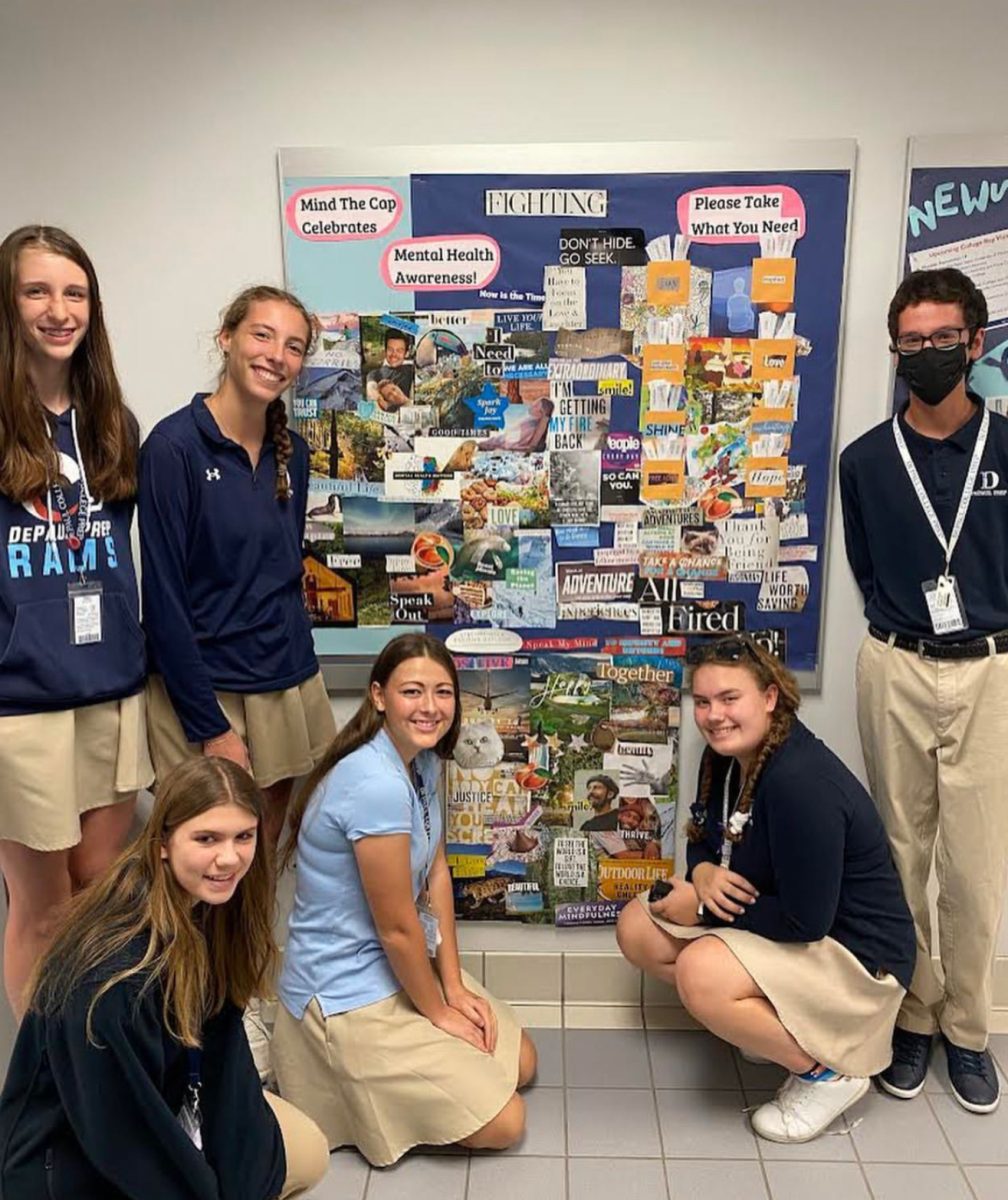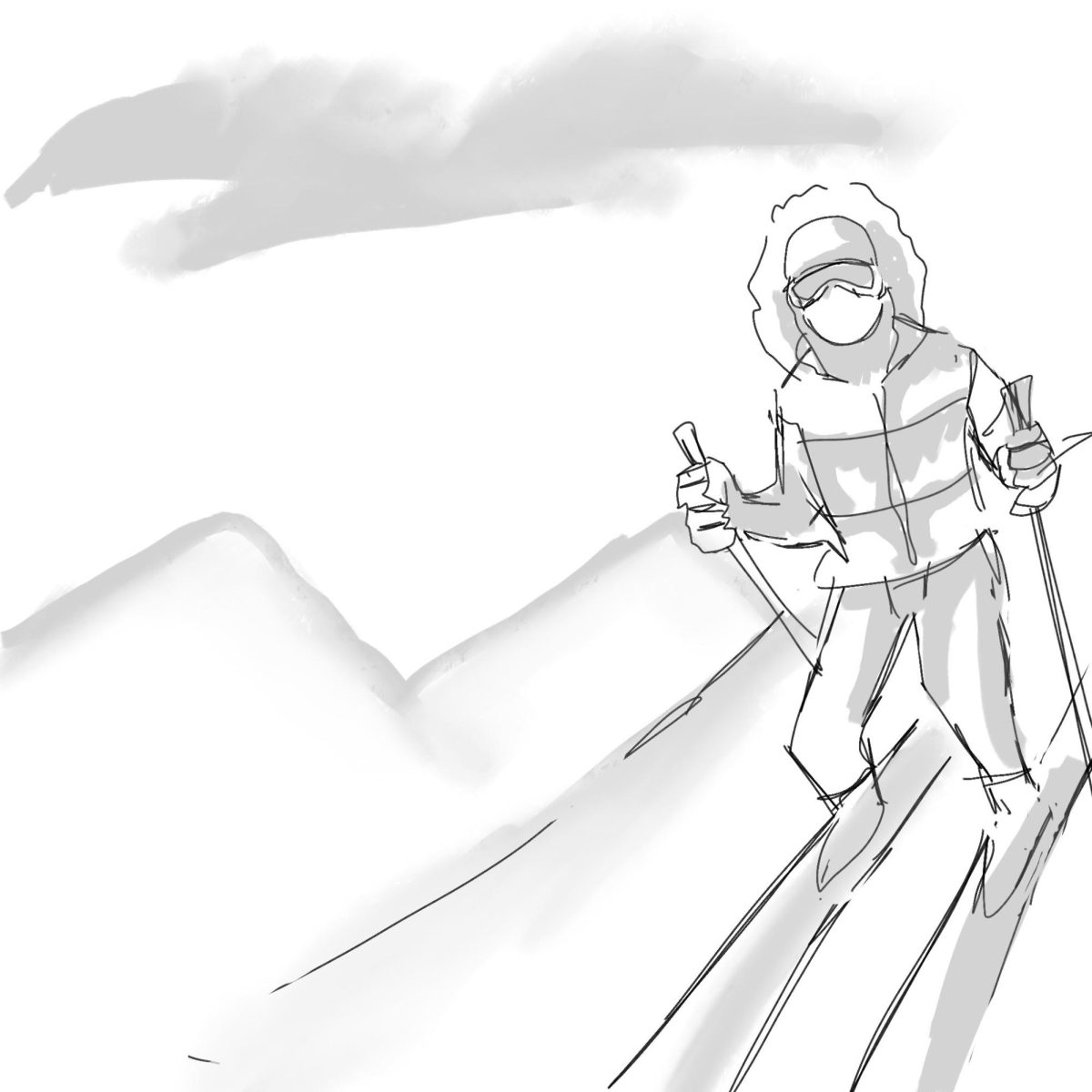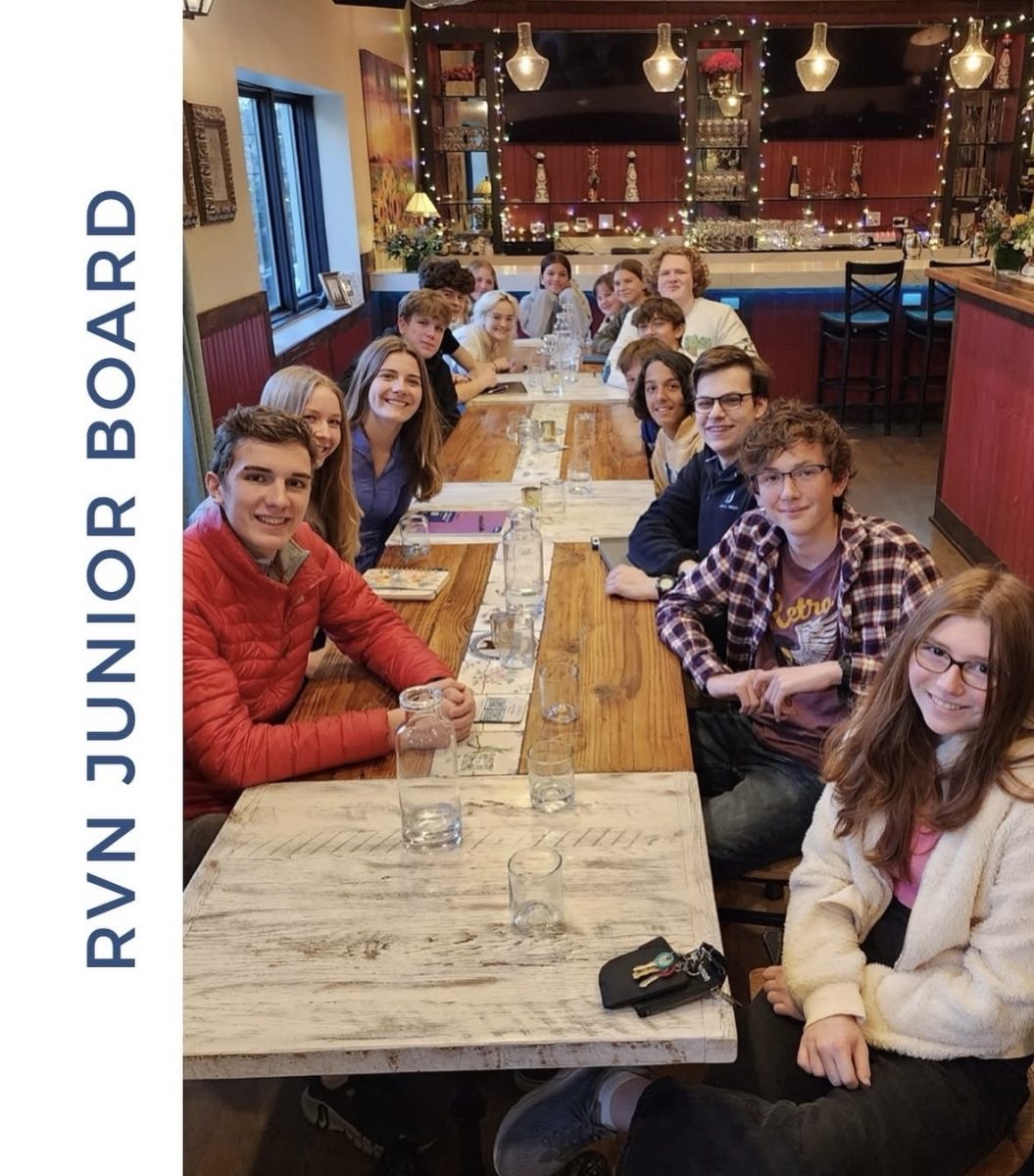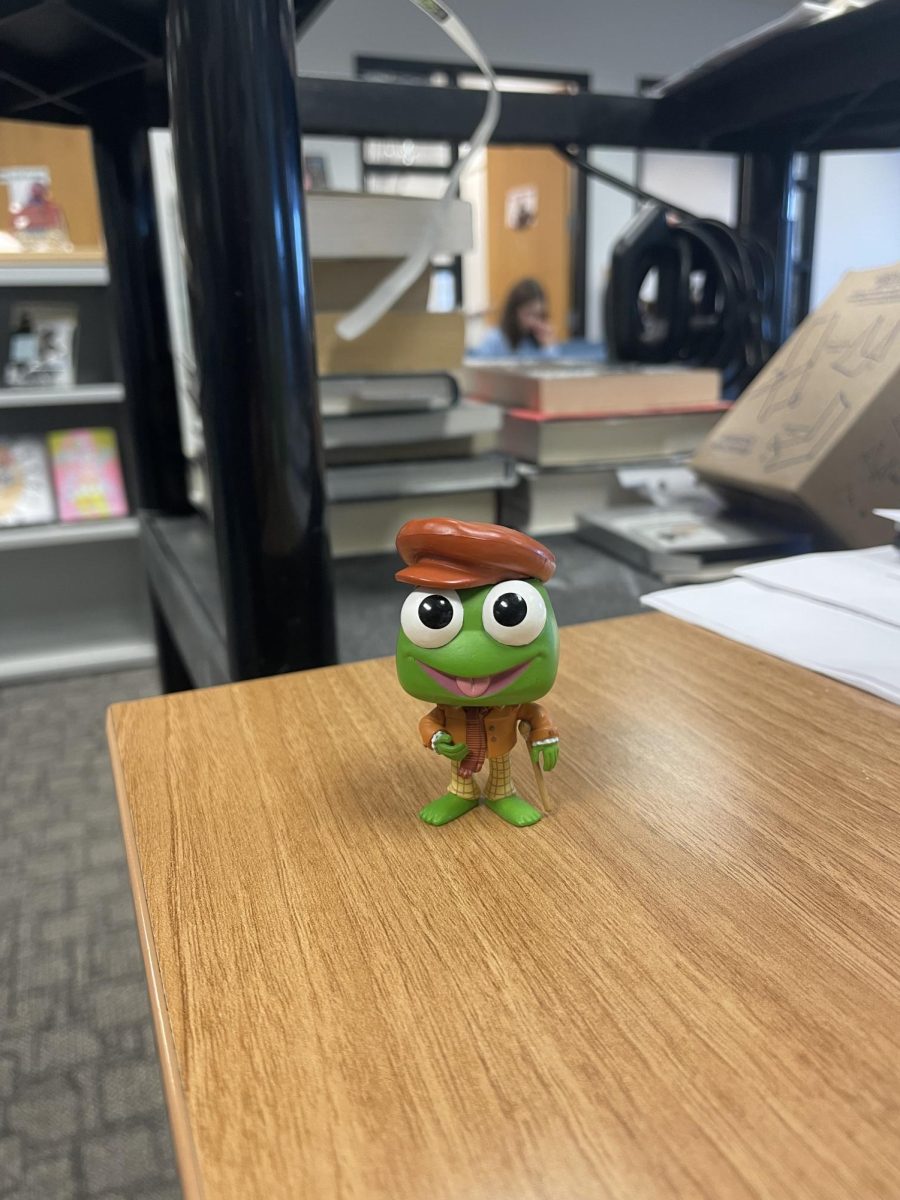While flushing ice cubes and sleeping with your pajamas inside out may sometimes do the trick, the real process behind the decision of when snow days are held is seemingly random. Sometimes, surprise bad weather makes students faculty wish they could’ve stayed home. However, sometimes snow days are also called when not an inch of snow ends up falling.
In January, DePaul Prep held both a snow day and an asynchronous day within a week from each other. While this isn’t an often occurrence, the resulting five day Martin Luther King Jr. Day weekend caused many members of the school community to question how the decisions regarding these inclement weather days are made.
At DePaul Prep, the decision is left to principal, Dr.Megan Stanton-Anderson. She reveals that she has a text chain with a number of local principals, where they discuss their plans surrounding the coming weather. “You’re checking all different weather apps and conferring with colleagues to ask how they’re approaching,” she shares.
Her decision, however, remains unique to the position of DePaul Prep and its community. “DePaul Prep really has to consider how many kids are waiting at a bus stop or an L stop, because if it’s super cold, that can get dangerous,” she states.
Whether faculty will be able to safely make it to school also plays a large factor in the decision. “If faculty can’t get to school, then we have all sorts of problems,” Stanton-Anderson adds.
Recently, there has been both the use of inclement weather days and asynchronous learning days when the weather requires students and faculty to stay home. Inclement weather days are when classes are canceled and no assignments are given to students. Asynchronous learning days occur when teachers still assign students work to complete at home.
The state of Illinois requires 176 days of school to be held, and days where work isn’t assigned due to inclement weather causes schools to have fewer days contributing to reaching that number.
“You’ve probably heard of when a school has to make up snow days at the end of the year. Asynchronous learning days count as school days which is good for everybody,” Stanton-Anderson says.
Asynchronous learning days weren’t something developed until remote learning became widespread during the Covid pandemic. “The asynchronous learning day is sort of a leftover from the pandemic,” she states.
On asynchronous learning days, teachers are given the directions to post purposeful assignments that can be completed in around 30 minutes and have clear directions for students by 8am.
Teachers also sometimes benefit from the use of an asynchronous day where work can still be assigned. History teacher, Edward Spillane, prefers asynchronous days to snow days. Spillane says, “Having some kind of contact on that asynchronous day helps keep the rhythm of instruction for both the teachers and students.”
This doesn’t mean, however, the need for an inclement weather day goes unacknowledged at times. Stanton-Anderson adds, “I am a huge fan of a snow day. I think snow days often come at a time of the year where everyone needs a break either way.”
Senior, Mija Lisnich, holds a similar opinion. “Snow days come as nice surprises during an often stressful stretch of Winter,” she says.
Decisions regarding whether school is held also have to be made as early as possible. Families with multiple children must plan on which kids will need to be in school. Parents may have to figure out whether or not they may need to work remotely.
“We have to give parents enough time to plan for whatever we have decided to do,” Stanton-Anderson says.
No matter what decision regarding school and inclement weather is made, there is no way to always get it right. “The snow might not come when we thought it was going to come, so that makes it really hard. After being a principal for so long, I know I’m going to take a lot of business the day after a snow day if it never snowed. But whatever, I did the best I could,” she states.



